In the world of cannabis, autoflowering plants occupy a special place, providing growers with unique opportunities in growing this amazing plant. This class of cannabis differs from others in its ability to automatically enter the flowering phase, which makes the growing process more flexible and predictable. In this article, we will take a closer look at the process of cloning autoflowering cannabis plants.
Autoflowering cannabis strains are hybrids with varying proportions of sativa and indica. Their special feature is that they start flowering regardless of the length of the daylight hours, which makes them attractive to growers with different experience. The variety of seed varieties, which are both pure sativas and indicas, allows growers to choose seeds according to their preferences and requirements.
The automated flowering process makes these plants ideal for cloning. Cloning is a method of plant propagation in which genetically identical copies of the parent plant are created. This makes it possible to preserve and improve the desired genetic characteristics of plants, such as taste, aroma, effect and yield.
Hemp seeds and their variety
Choosing the right hemp seed is the first step in the process of cloning autoflowering cannabis plants. Indica and sativa are the two main types of cannabis, which differ both in terms of botanical features and effects on the human body. Sativas, usually associated with an energetic and creative effect, have a more elongated structure and a high level of terpenes responsible for aroma and taste. Turkeys, on the contrary, often cause relaxation and sedative effects, have a short and compact structure.
When choosing hemp seeds for cloning, growers take into account their preferences for the effect and characteristics of the plants. Some growers may prefer more energetic daytime sativas, while others may be interested in indicas for evening relaxation.
In addition to choosing between sativa and indica, it is also important to pay attention to the genetic characteristics of specific strains. The selection of stable and healthy seeds with a high potential for cloning is the key to successful plant propagation and obtaining a high-quality harvest.

Cloning process
The process of cloning autoflowering cannabis plants is a sequence of steps, starting with the selection of healthy mother plants and ending with the care of the resulting clones. Let's analyze each stage in more detail.
- Selection of mother plants
The selection of appropriate mother plants is a key point in successful cloning. Healthy and strong plants with characteristics that meet the grower's expectations will provide a good start to creating quality clones. The selected plants must be free from diseases, pests and stressful conditions. - Preparation of cutting tools
Cuttings are shoots that the grower cuts from selected mother plants to create clones. Choose healthy and young tops with a high content of growth hormones. Incisors are treated with sharp and clean instruments to reduce the risk of infection. - Conditions for rooting
After receiving the cuttings, they create optimal conditions for the roots. Means are used to stimulate the growth of roots, and the temperature and humidity in the room are controlled. This may include the use of a greenhouse or specialized containers. - Caring for clones
When the cuttings form roots, the clones are ready for transplanting into soil or hydroponic systems. Growers provide them with the right lighting and gradually adapt to new conditions. They also regulate the level of humidity, prevent overheating, and monitor the nutritional regime.
Effective care of clones at this stage will ensure their healthy growth and development. Regular monitoring of plants will allow you to identify problems in the early stages and take the necessary measures.
The process of cloning autoflowering cannabis plants is an art that requires careful preparation and attention to detail. Selection of suitable mother plants, proper preparation of cuttings and creation of optimal conditions for roots are key components of successful cloning.
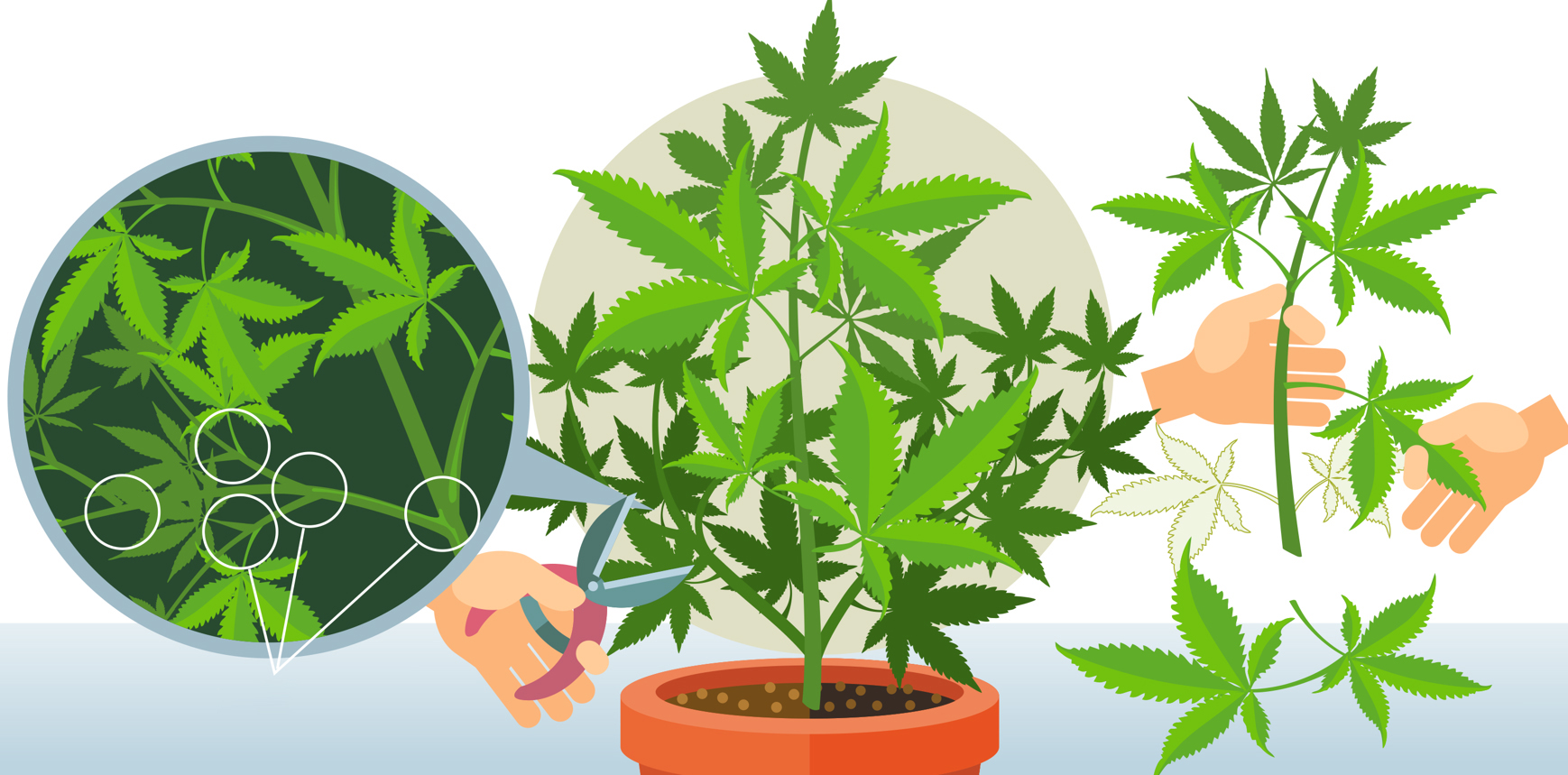
Necessary equipment
Efficient cloning of autoflowering cannabis plants requires the use of specialized equipment. Successful completion of each step of the cloning process depends on choosing the right tools. Let's consider the key components of the equipment.
- Installations for temperature and humidity control
Creating optimal conditions in the room where cloning is carried out involves temperature and humidity control. Specialized thermostats and humidifiers can provide stable environmental parameters, creating comfortable conditions for rooting cuttings. - Lighting with an optimal spectrum
Adequate lighting plays a crucial role in successful cloning. High-intensity LED lamps with a certain spectrum of light, including blue and red ranges, support photosynthesis and stimulate root growth. This is especially important at the root stage. - Cutting tools
Sharp and sterile cutting tools help prevent infection and damage. Various makes and models provide growers with the necessary tools, such as sharp scissors or razors.
Cloning autoflowering cannabis plants is an exciting and technically complex process that requires careful preparation and the use of specialized equipment. Choosing the right cannabis seed, preparing the cuttings, creating optimal conditions for the roots and effective care of the clones - each stage plays its role in ensuring successful cloning. It is important to remember that cannabis cloning can be regulated depending on the characteristics of the variety and the preferences of the grower.
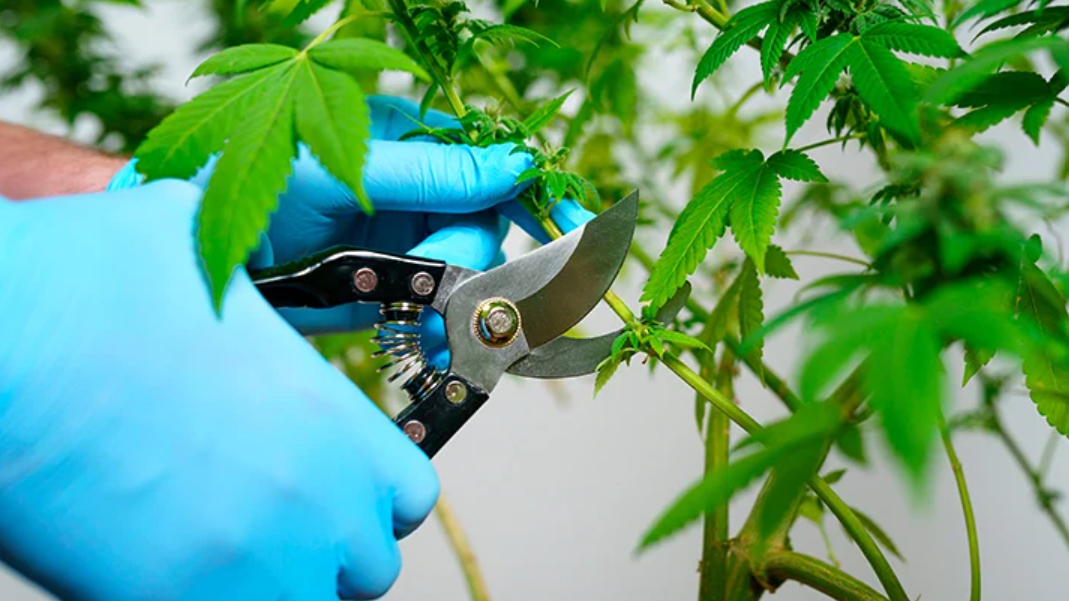
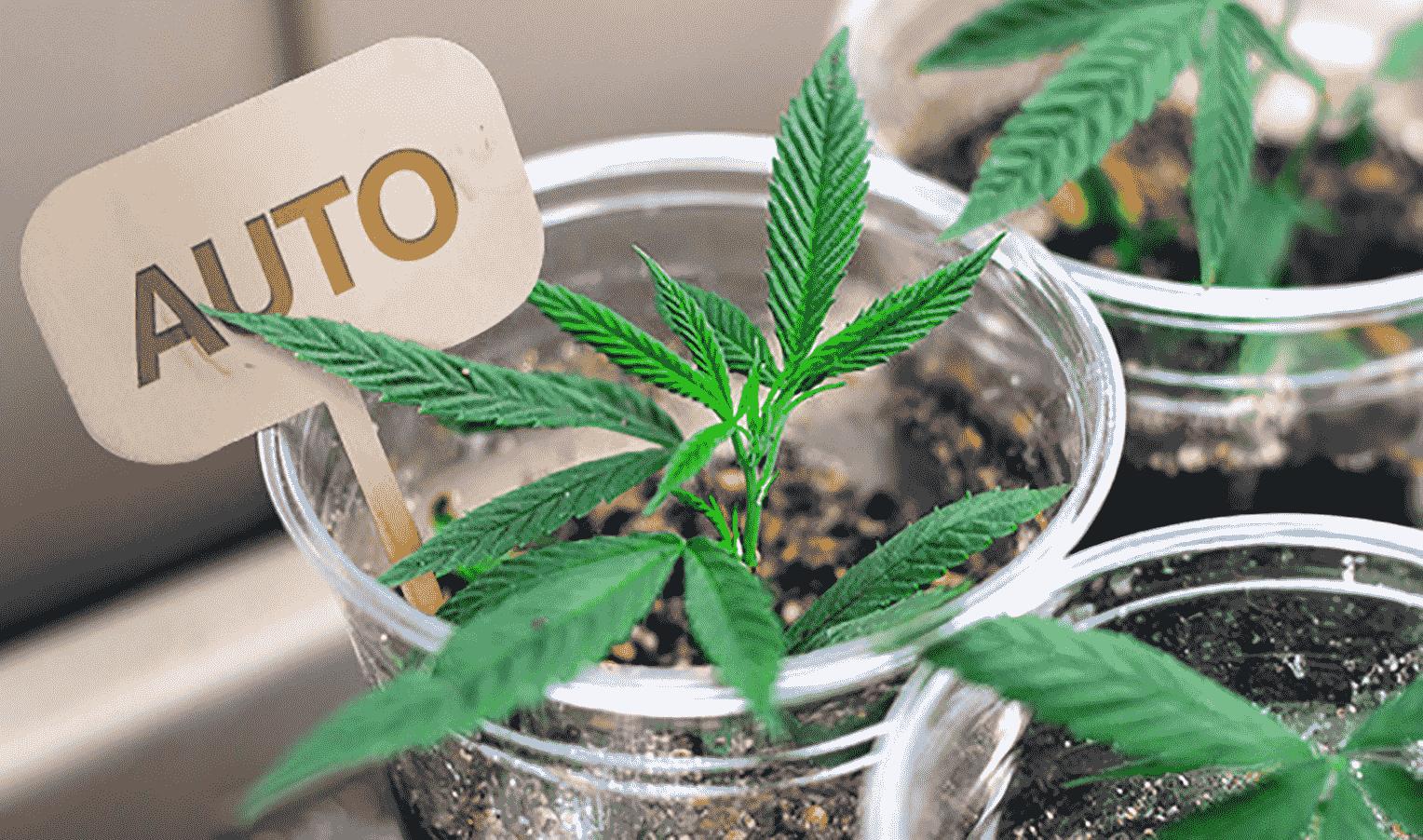

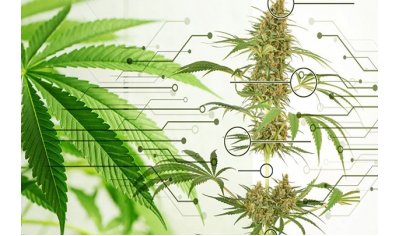
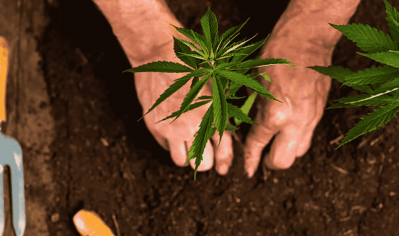



Write a comment